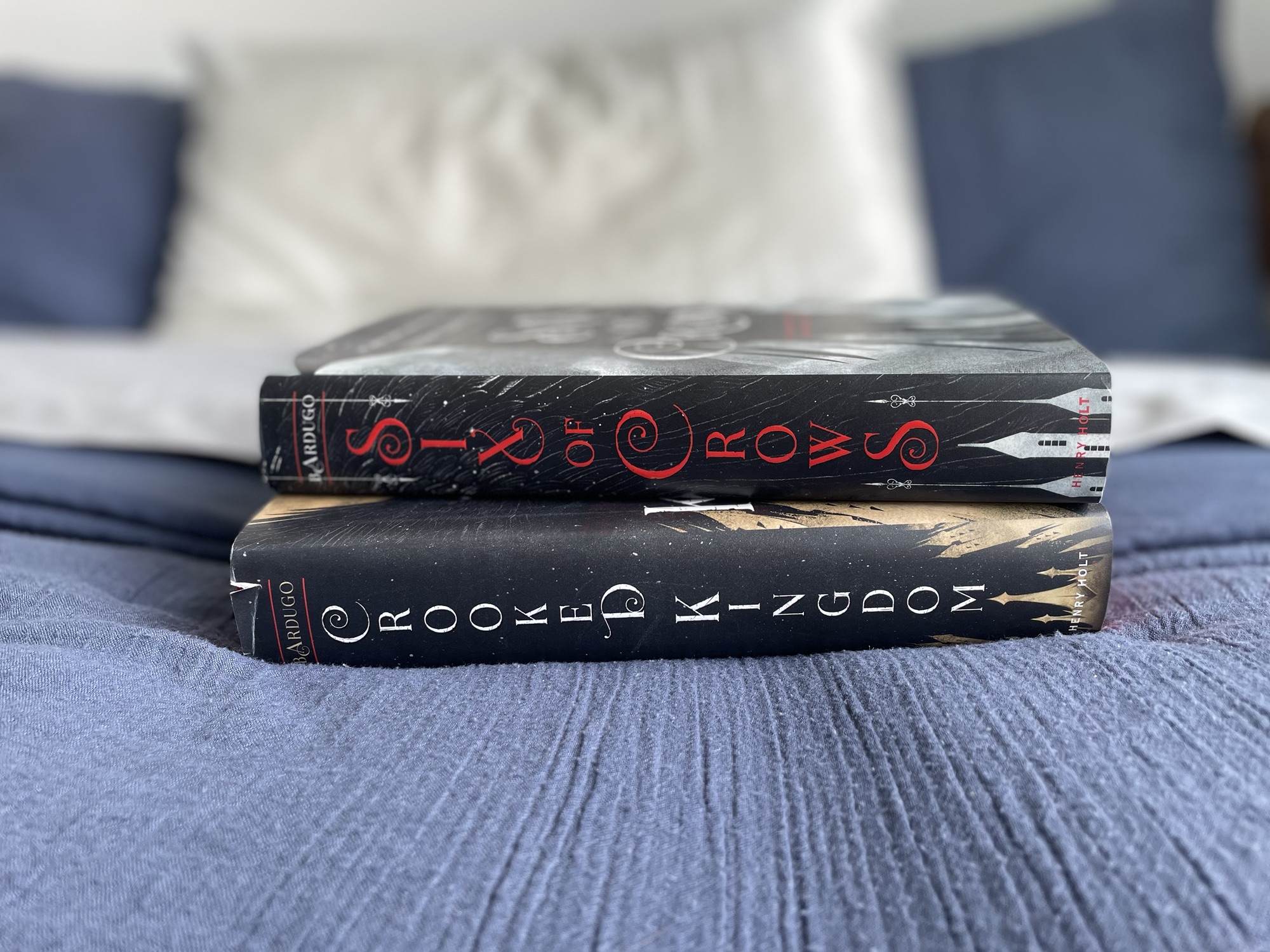Tag: writing
-
Pantsing a Novel: How to Plot a Book as a Pantser

Pantsing a novel, for me at least, is exciting. I get to discover the story as I write. Often, when I start pantsing, I have a lot of momentum. The story flows from my fingertips. However, it doesn’t always stay that way. Pantsers can face many problems. We may get off track with our stories,… Read more
-
Writing Resources I Use to Help Me Write Better

Over the years, I’ve discovered a lot of helpful writing resources and tools. These range from writing programs to generators that help spark ideas. Today, I thought I’d share these with you. Note: This post is not sponsored by any of these writing resources. I just like them and hope that you’ll find them helpful… Read more
-
2024 Writing Wrap-Up and Writing Goals for 2025

Happy New Year! I hope the year has been off to a good start for you. With every new year, I like to look back at my accomplishments from the previous year and make goals for the new one. So that’s what I’m going to do in this post. Let’s take a look at what… Read more
-
Tips for Writing a First Draft of a Novel

I’m writing the first draft of a new novel, and I love it. It’s so freeing to be able to write whatever I want, leaving it to future Lexi to fix later. But as I’ve been drafting, I’ve been thinking back to how much harder it was when I was writing the first draft of… Read more
-
How to Create a Character: A Simple Guide for Pantsers

As a pantser/discovery writer, I know what it’s like to have an idea for a story and want to jump in without doing any prep work. Filling out character questionnaires and plotting out the story has never held much interest for me in the early stages. But over the years, I’ve discovered the benefits of… Read more
-
“Yes, but/No, and” – How to Craft a Thrilling Character-Driven Plot

If you’re like me, you love character-driven stories. You love watching a character pursue their goals, struggle, fail, and eventually grow because of what they’ve gone through. You want to write a story just like that, but when you sit down to write it, you find yourself wondering “How do I write a character-driven story?”… Read more
-
Rules or Tools: What Writing Advice Should You Listen To?

The internet is filled with writing advice—YouTube videos, blogs like this one, craft books, and more—some of it contradictory. So how do you know what writing advice you should listen to? As an editor and writer, I have an odd relationship with prescriptive advice. The editor side of me thinks writers should learn the rules… Read more
-
Where to Get Helpful Feedback on a Novel

“Where can I get feedback on my writing?” A question that plagues many writers. You’ve finished a draft or two of your book, and now you want to see if this thing that you’ve dedicated so much time and effort to is any good. Getting feedback is critical for making your book the best that… Read more
-
How to Come Up with Names for Characters Without Wasting Time

All writers know that naming characters can be the cause of much pain. It can be so hard to know how to come up with names for characters. We’ve all spent hours searching through lists of baby names trying to find the perfect one. But I’ve found a better way to find memorable names for… Read more

